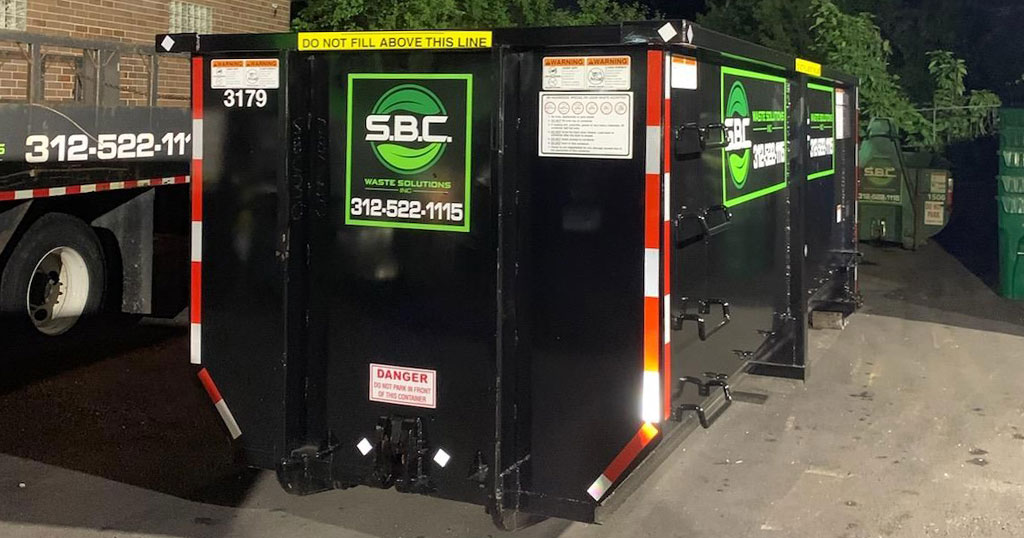Rupture disc or also known as bursting disc is a type of a pressure-relief device that is designed to protect piping, vessels and other pressure-containing sections from undue pressure. As soon as the disc bursts out, the pressure of the entire system or vessel will be relieved.
The ultimate goal of rupture discs is to minimize system downtime. With no moving parts, rupture discs can react quickly to relieve the spikes in pressure. It is also lightweight when you compare it with other pressure-relief devices. One of the main challenges of the rupture disc is it needs a replacement after bursting out.
Keep in mind that once the disc bursts out, it is crucial that you replace the whole device and this usually entails a system shut down. Here are some things that you should always keep in mind when it comes to installation or replacement of rupture discs as well as preventive actions to extend its life:

Before installing a rupture disc
You must inspect the Safety Head before you install a rupture disc. You should consider the following things:
- The first thing that you need to do is to inspect the mating surfaces of the Safety Head for any foreign material. Grit can cause damage to the disc affecting its performance or causing leakage.
- When you see grit or pits dirt, you should clean it. As much as possible, you should lightly stone it before installation.
- You should ensure that the Safety Head rating and size match the companion flange’s size and rating.
- Do not attempt to reinstall the disc especially if it had been removed from Safety Head. You need to completely replace the whole disc and be reminded that high care is required in the installation process because even a small scratch can damage the disc.
Periodic maintenance
Rupture discs are considered passive observer with a duration estimated to last between 3-5 years – unless there are some unwanted situations. However, you should understand that its life would depend on good measure and the history of stress.
Although manufacturers advise changing rupture discs on an annual basis, it is still like any other computer – they require periodic maintenance. When it comes to periodic maintenance, you should consider the following things:
- Check accumulation and solidification: the internal surfaces are prone to accumulation and solidification of products. With this, it can lead to partial or complete blockage causing the pressure to rise. In this case, the solution is to utilize headset type “viscous te” that can clean the surface of rupture discs continuously.
- Assess the connection to the flange: in most cases, rupture discs are combined with head support, which is connected with the flange. This can ensure leak-proof seal because it tightens the break-up album and its head to properly work. With this, you must assess the general alignment of flanges.
Final words
Without a doubt, rupture discs present a reliable pressure relief. If you can do something from the installation and periodic maintenance to improve its performance, you should do it immediately. While you are at it, you should work in collaboration with the manufacturer to evaluate situations and identify solutions.














